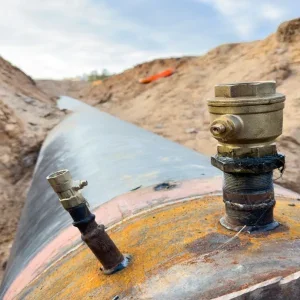
BHP principal potash Paul Burnside said: "That’s one of the reasons why we’re investing counter-cyclically to give ourselves the option to add it to our diversified portfolio of commodities through the construction of the Jansen project in Saskatchewan."
The company intends to develop $12bn Jansen project to produce potash, which can be supplied to the crop nutrient market.
Located in east-central Saskatchewan, the Jansen project is a proposed underground potash development project, which is around 140km east of Saskatoon.
Once operational, the mine will be one of the world's largest potash mines, which can produce eight million tons of marketable potash annually at full capacity.
The Jansen resource lies within the locally extensive and consistent Prairie Evaporite formation, which forms part of the Elk Point basin.
With an estimated cost of over $12bn, the development of the project will be carried out in three phases. It will operate for an estimated life of more than 50 years.
The mine includes around 3,250 million dry tons of indicated resources graded at 25.4% potassium oxide. Inferred resources were estimated to be 120 million dry tons grading at 26.7% potassium oxide.
In December 2010, the contract to build two mine shafts at the Jansen Potash project was awarded to DMC Mining. The five-year contract is valued at $400m.
Image: The Jansen project is a proposed underground potash development project, which is around 140km east of Saskatoon. Photo courtesy of BHP.






